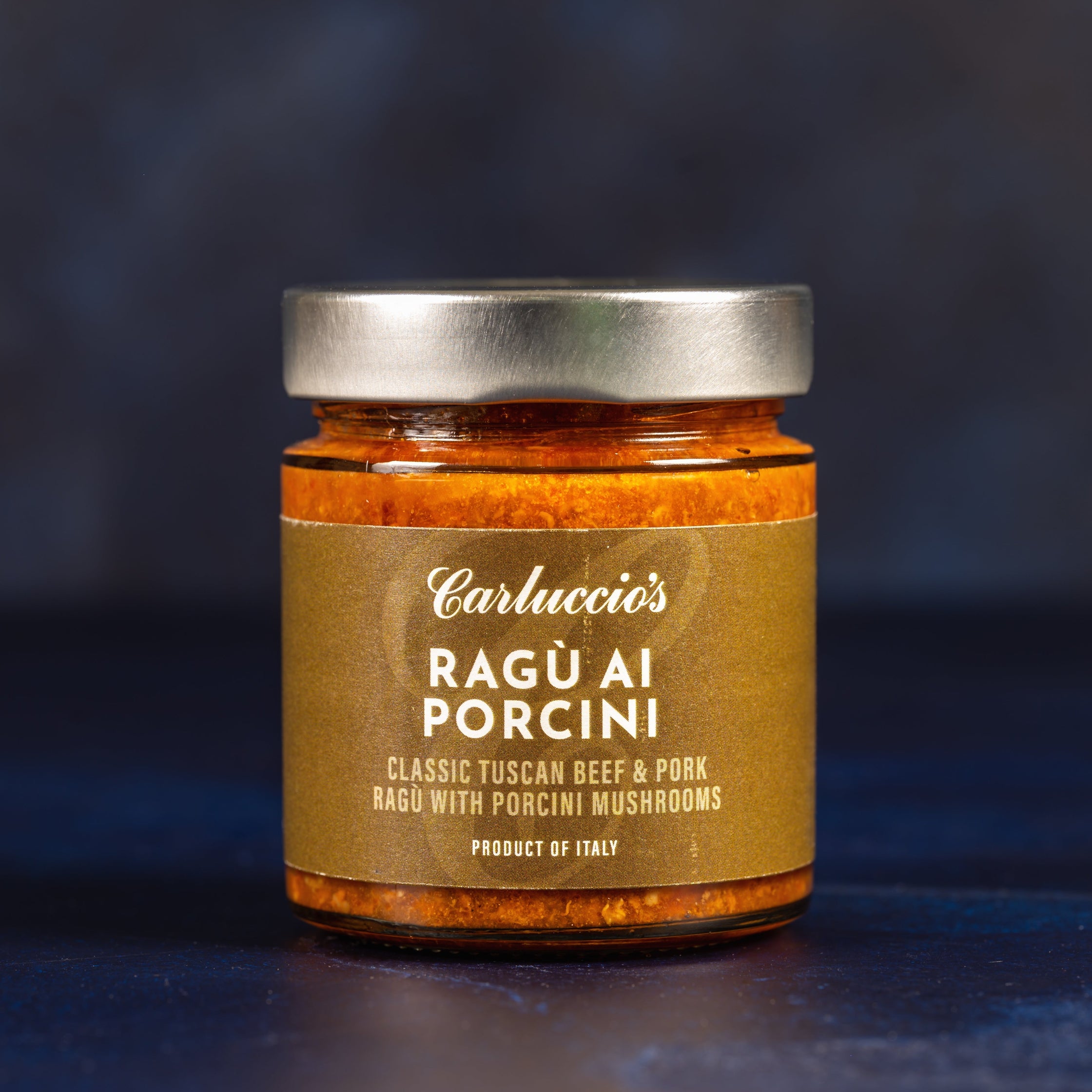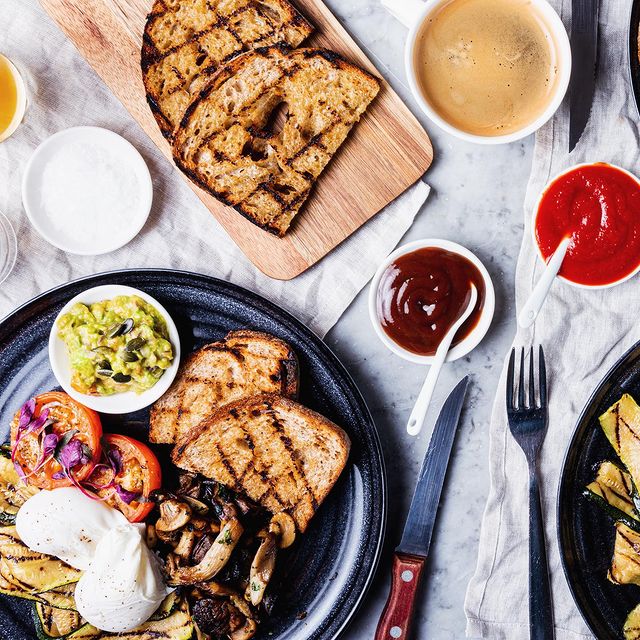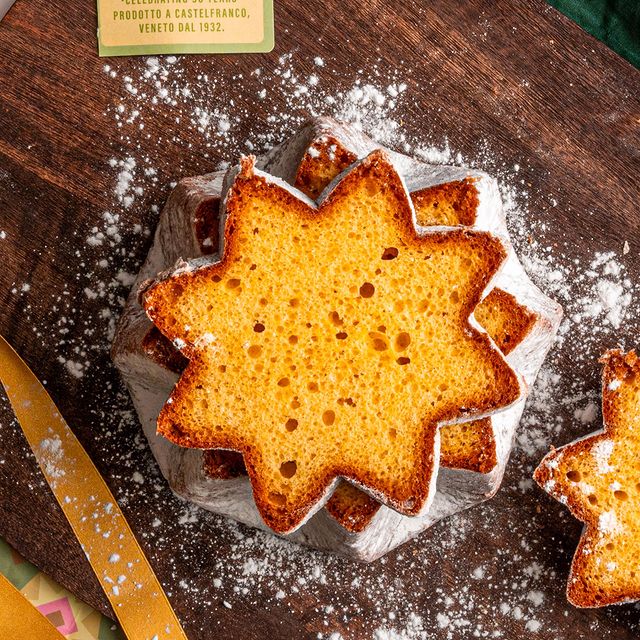A Guide to Authentic Italian Ragu
Ragu is more than just a pasta sauce—it’s a cornerstone of Italian culture, a dish that embodies the art of slow cooking and the joy of a shared meal. While it’s famously known as "Bolognese" abroad, the true Italian ragu has a rich and varied history, with countless regional variations.
The History and Cultural Significance of Authentic Ragu
The story of ragu begins not in Italy, but in 18th-century France. The word "ragout" was a French term for a stew of meat and vegetables cooked slowly over a low heat. It was considered a second course, not a sauce for pasta. The dish made its way to Italy during the Bourbon era, where it was adopted by aristocratic kitchens and adapted to local tastes.
Over time, it evolved from a rich meat dish to a sauce served with pasta, particularly in the northern region of Emilia-Romagna. The definitive recipe for ragu alla bolognese was formally registered by the Italian Academy of Cuisine in 1982 to protect its authenticity.
Culturally, ragu represents warmth, family, and tradition. In many Italian households, making ragu is a weekend ritual, a multi-hour process that fills the house with a comforting aroma. The long, patient cooking time allows the flavours to meld and deepen, transforming simple ingredients into a dish of incredible complexity. It's often served on Sundays or for special occasions, bringing people together around the table to enjoy a taste of home.
The Ragu Recipe: A Labor of Love
Creating an authentic ragu is a process that can't be rushed. While recipes vary, the foundation of a true ragu alla bolognese is a soffritto—a finely chopped base of onion, celery, and carrots—gently cooked in butter or olive oil.
Here is a traditional recipe to guide you:
Ingredients:
-
50g butter or 50ml Olive Oil or a combination of both
-
50g minced pancetta or prosciutto
-
1 large carrot, finely chopped
-
1 celery stalk, finely chopped
-
1 onion, finely chopped
-
200g minced lean beef
-
200g minced lean pork
-
1 glass of dry red wine
-
A little beef or chicken stock
-
3 tbsp tomato paste
-
Salt and pepper to taste
Method:
-
In a large, heavy-bottomed pan, melt the butter and add the pancetta. Cook until the fat has rendered.
-
Add the finely chopped carrot, celery, and onion (the soffritto). Sauté gently for about 10 minutes until softened but not browned.
-
Add the minced beef and pork, stirring with a wooden spoon to break up the meat. Cook for about 15 minutes, until the meat is browned.
-
Pour in the red wine and let it bubble for a few minutes to evaporate the alcohol.
-
Stir in the tomato paste, diluting it with a few tablespoons of stock to achieve a sauce-like consistency.
-
Bring the sauce to a gentle simmer, then cover the pan with the lid slightly ajar. Cook on a very low heat for at least 1 ½ hours, adding more stock if the sauce becomes too dry. The longer it cooks, the richer the flavour.
-
Season with salt and pepper to taste before serving.
When Time Is Short: Carluccio's Slow-Cooked Ragu Range
We understand that not everyone has the luxury of spending hours in the kitchen. That's why at Carluccio's, we've done the hard work for you. Our range of slow-cooked ragus honours the traditions of Italian cooking by using simple, quality ingredients and a patient cooking process. We've taken care of all the chopping, browning, and simmering so you can enjoy the rich, complex flavours of authentic Italian ragu in moments.
Our range includes a variety of regional specialities:
-
Ragù Di Chianina: A Tuscan IGP beef sauce made with Chianina cow breed beef.
-
Ragù ai Porcini: A classic Tuscan beef and pork ragu with earthy porcini mushrooms.
-
Ragù Di Cervo: A braised venison ragu.
-
Ragù alla Cacciatora: A rich, braised game ragu featuring mixed wild meats like wild boar, venison, and hare.
-
Ragù Di Cinghiale: A dedicated wild boar ragu.
Just gently heat your chosen ragu and toss it with your favourite pasta. Pair with a wide, flat pasta like pappardelle to capture every last bit of that rich sauce, or a hearty penne. Add a sprinkle of fresh Parmesan, and voilà! A delicious, authentic Italian meal is ready in a flash.







